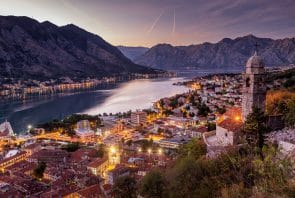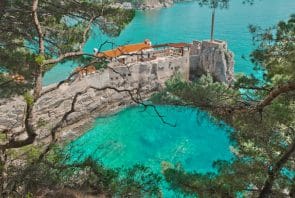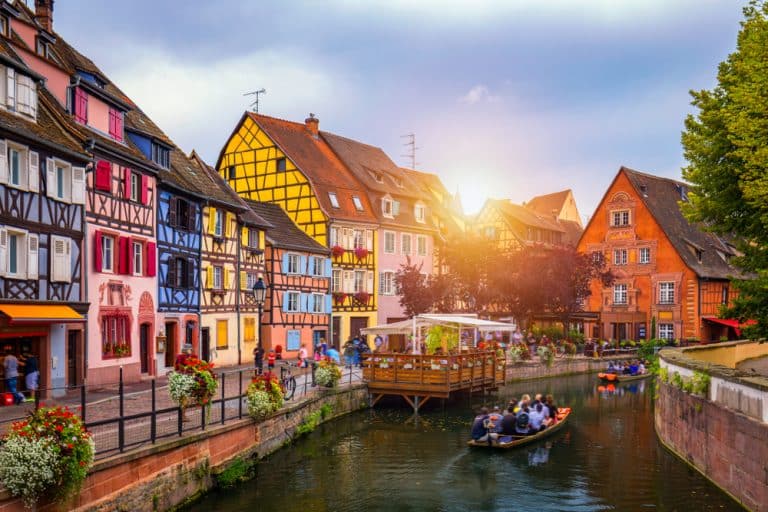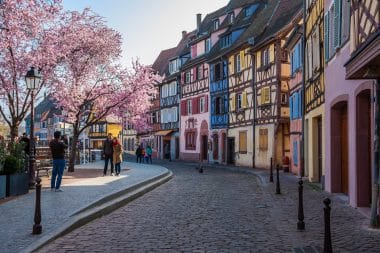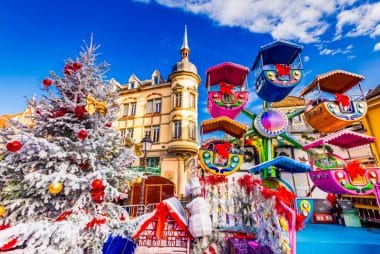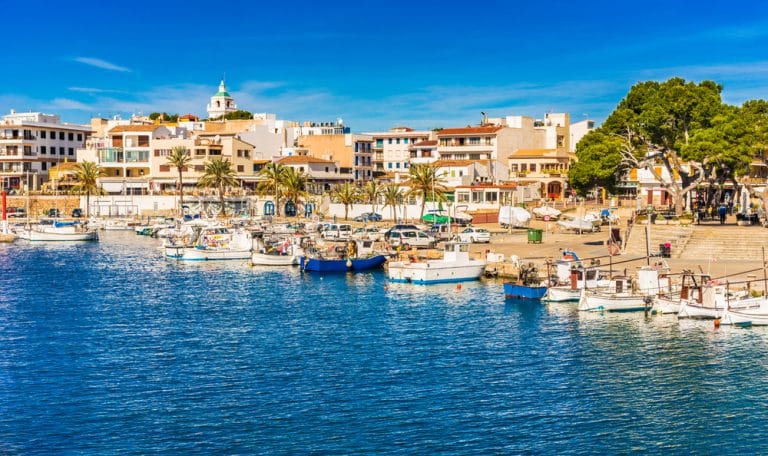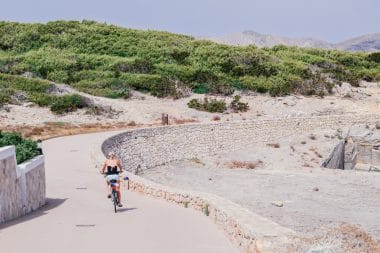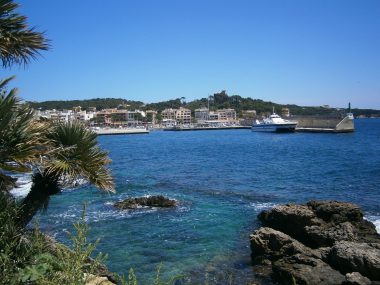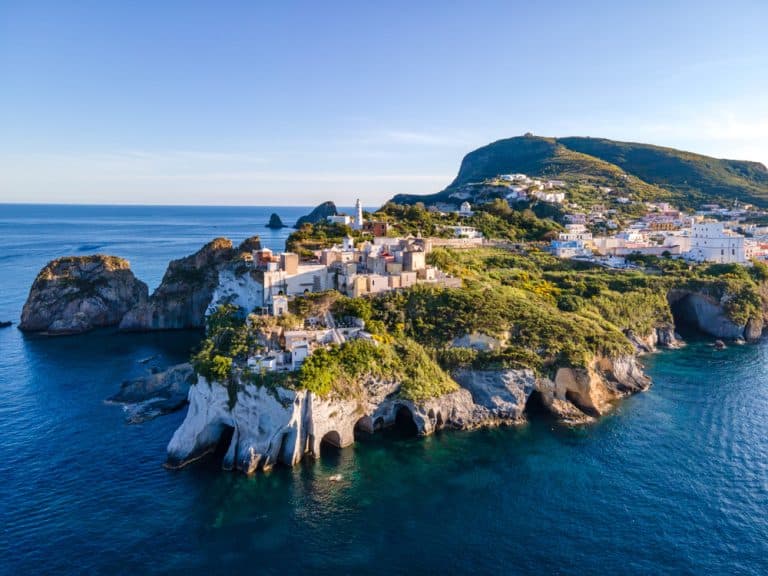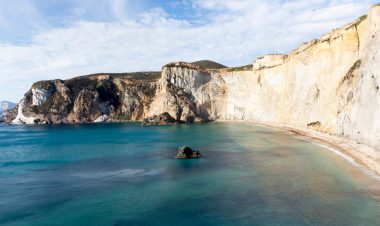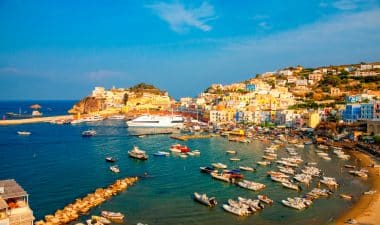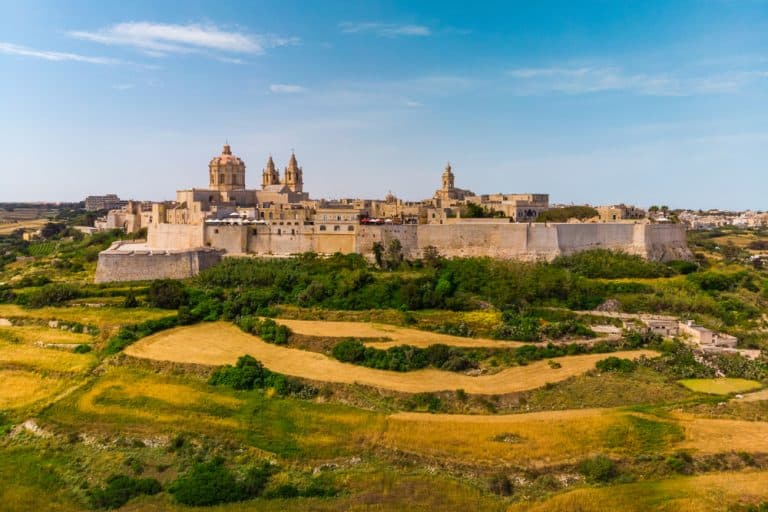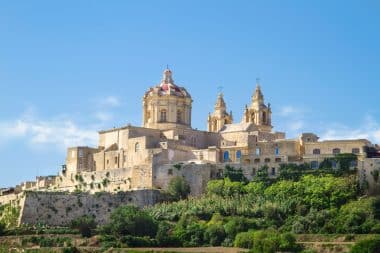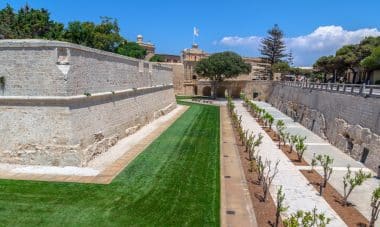If you come to Palau, a small island nation in Micronesia, for the first time, you will understand why the country is also called the “unspoiled paradise”: palm-fringed beaches, majestic limestone cliffs off the coast and crystal clear waters with an impressive biodiversity make every trip to Palau an unforgettable experience.
Palau is a state with over 300 islands, but only 11 of them are inhabited. The economic center as well as the former capital is Koror. In addition to many hotels, there are also cultural attractions such as the Etpison Museum, where you can learn more about the history of Palau, and the Palau Aquarium. Here you can admire the biodiversity of Micronesia’s underwater world behind glass.
Of course, you can also experience them live while snorkeling and diving , for example at the coral reefs of the Rock Islands. Scuba divers will get their money’s worth on a dive to the wrecks of sunken Japanese battleships and in the German Channel with its manta rays. A special highlight is the Chandelier Cave, an underwater cave with crystal clear water and bizarre rock formations, where you can also emerge and take off your mask.

If you just want to relax in the shade of palm trees, you will find a large selection of beautiful sandy beaches on Palau, for example on the island of Malakal, which is connected to Koror by a land bridge. A little further north is the jungle-surrounded Palau Pacific Resort, which not only has one of the most beautiful sandy beaches near Koror, but also a private coral reef. And if you are looking for a particularly secluded spot, you can take a boat tour to one of the many unpopulated or only sparsely populated islands. The island of Tobi, for example, impresses with pristine sandy beaches in the shade of dense coconut palms and is home to only about 20 inhabitants.
Palau also has unique natural wonders to offer away from the coast inland, including the Ngardok Nature Park with its lake and majestic waterfalls. A popular spot for hikers is the Nanyo Shrine on Koror Island, a remnant of Japanese rule during World War II. And if you want to learn more about the traditional life of Palau’s inhabitants, you should visit the Ngarachamayong Cultural Center. The local cuisine is also worth mentioning, which has absorbed many cultural influences, for example from Malaysia, Indonesia, Japan and the USA . Pichi-Pichi, a dessert made of cassava and coconut typical of Palau, is particularly popular.
How to get to Palau?
Palau does not have a direct flight from Europe. The most common routes lead through Asian cities such as Tokyo, Seoul, Taipei or Manila. From these cities there are direct flights to Koror, the capital of Palau. It is advisable to compare different airlines and routes to find the best option for your specific needs and location.
What do I need to consider when planning a trip to Palau?
Travel planning: Consider flight times and possible stopovers. Sometimes an overnight stay in the stopover city may be required, depending on the flight schedules.
Visas and entry requirements: Check the visa requirements for your passport. Many countries, including Germany, do not require a visa for stays of up to 30 days in Palau. However, make sure that your passport is valid for the entire duration of your stay.
Health and safety advice: Find out about any health risks and vaccination requirements. It is also advisable to check the current safety instructions and travel recommendations.
Accommodation and local transport: Plan your accommodation and transport in Palau in advance. There are a number of hotels and resorts, as well as options for local transportation, including rental cars and taxis.
Travel insurance: It is recommended to take out travel insurance that covers both medical emergencies and travel interruptions.
How much does a trip to Palau cost?
The cost of a trip from Germany to Palau can vary a lot, depending on several factors such as travel time, airline, type of accommodation, and planned activities. Here’s a rough estimate of the cost of a typical trip:
- Flight costs: The flight is probably the most expensive part of the trip. The cost of a round-trip flight from Germany to Palau can vary from 1,000 to 2,500 euros or more, depending on the airline, the time of booking and the class of travel.
- Accommodation: Prices for accommodation in Palau range from budget guesthouses to luxurious resorts. Per night, the cost can range from around 50 euros for basic accommodation to several hundred euros for a luxury resort.
- Food and living expenses: Daily expenses for food and drinks could range from 20 to 50 euros, depending on your lifestyle and the restaurants you choose.
- Local transport: Rental cars, taxis or local transport can cost around 20 to 50 euros per day.
- Activities and Tours: Palau is famous for its diving and snorkeling activities. A guided diving or snorkeling tour can cost between 100 and 200 euros per day.
Weather in Palau
| Month | Average maximum temperature (°C) | Average low temperature (°C) | Average rainfall (mm) | Average number of rainy days |
|---|---|---|---|---|
| January | 30 | 24 | 208 | 18 |
| February | 30 | 24 | 193 | 17 |
| March | 31 | 24 | 178 | 18 |
| April | 31 | 25 | 220 | 19 |
| May | 31 | 25 | 267 | 20 |
| June | 31 | 25 | 344 | 22 |
| July | 31 | 25 | 399 | 23 |
| August | 31 | 25 | 318 | 22 |
| September | 31 | 25 | 301 | 22 |
| October | 31 | 25 | 352 | 23 |
| November | 31 | 24 | 287 | 22 |
| December | 30 | 24 | 242 | 20 |
Keep in mind that these values are averages and may differ slightly each year. Palau experiences a tropical climate with high temperatures and high humidity all year round. The rainy season lasts roughly from May to November, with most rainfall falling between July and October. The driest months are usually February and March. This climate chart can be helpful in determining the best time to visit Palau, especially if you plan activities such as diving or snorkeling.
Palm beaches, beautiful landscapes, a variety of leisure activities for the whole family and the friendly locals make Palau the ideal holiday destination for those looking for a tropical paradise under palm trees.
Travel information Palau
| Capital | Ngerulmud |
|---|---|
| Form of government | Republic |
| Currency | U.S. Dollar (USD) |
| Area | approx. 459 km² |
| Population | approx. 17,500 (as of 2015) |
| Languages | Palauan and English In Angaur Japanese and Angaur, Sonsorolese in the Sonsorol Islands and Tobian in Tobi |
| Electricity grid | 120 volts and 60Hz |
| Area code | +680 |
| Time zone | UTC+9 |


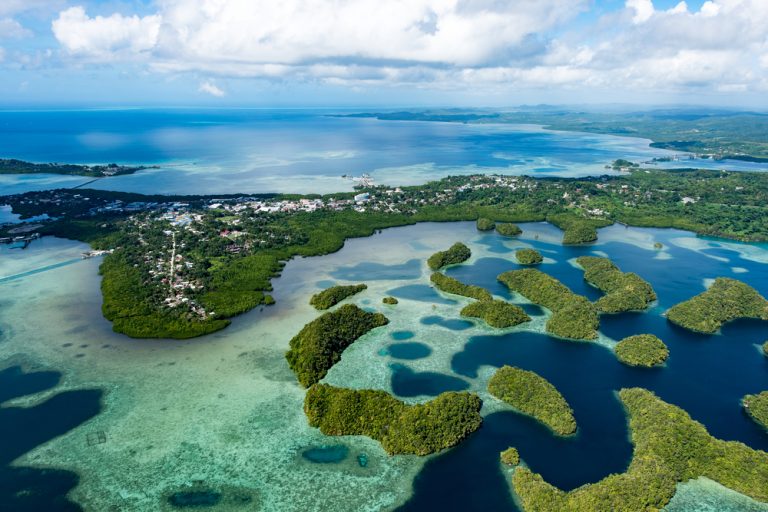
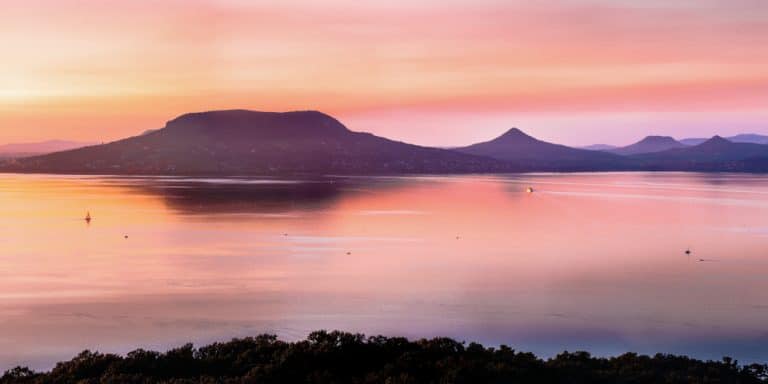
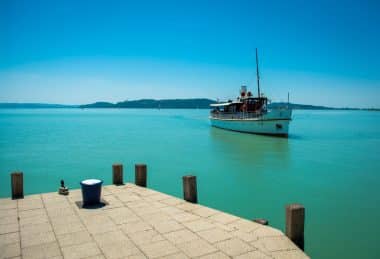
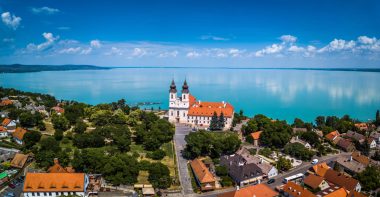
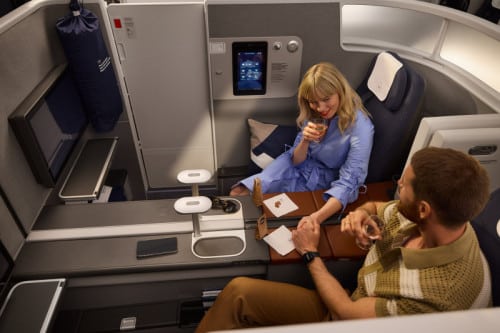
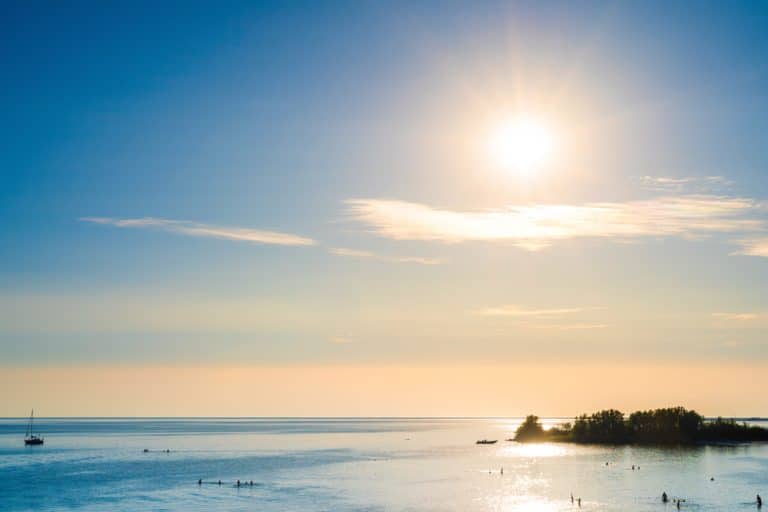
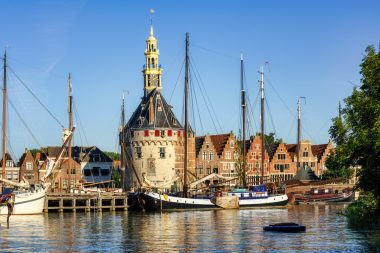
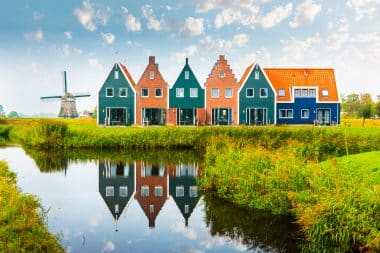
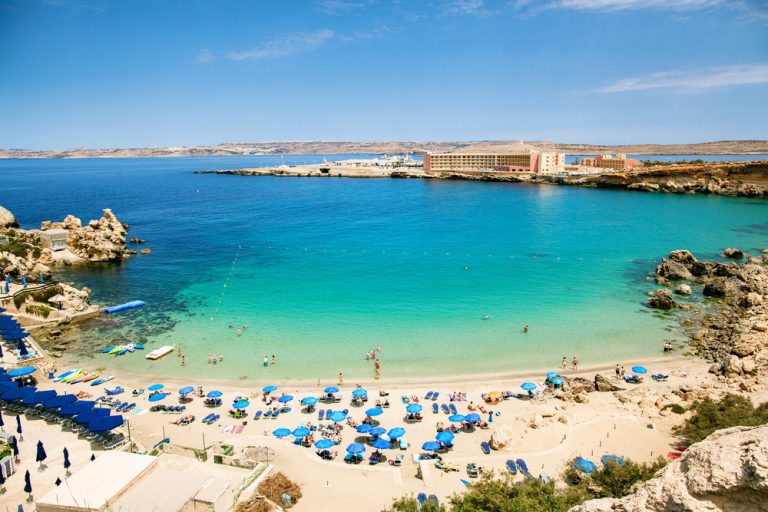
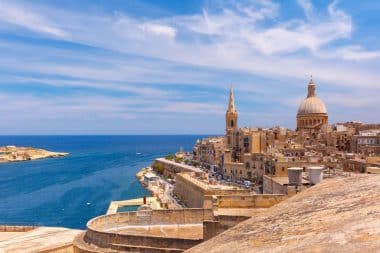
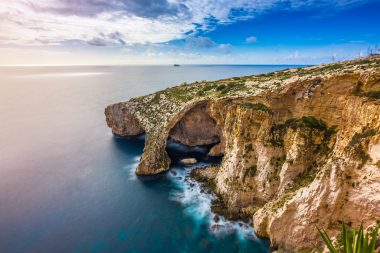
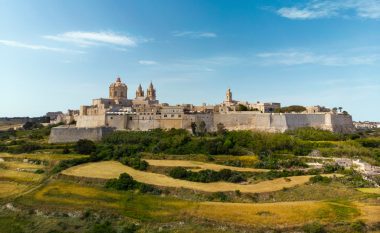
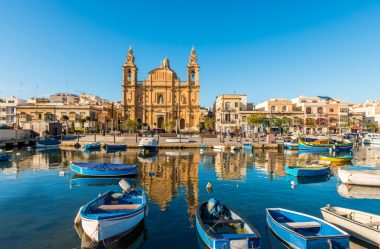
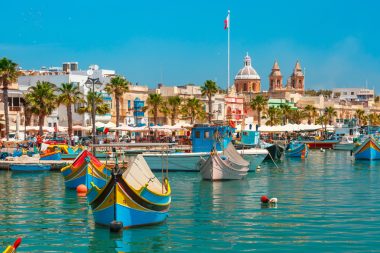
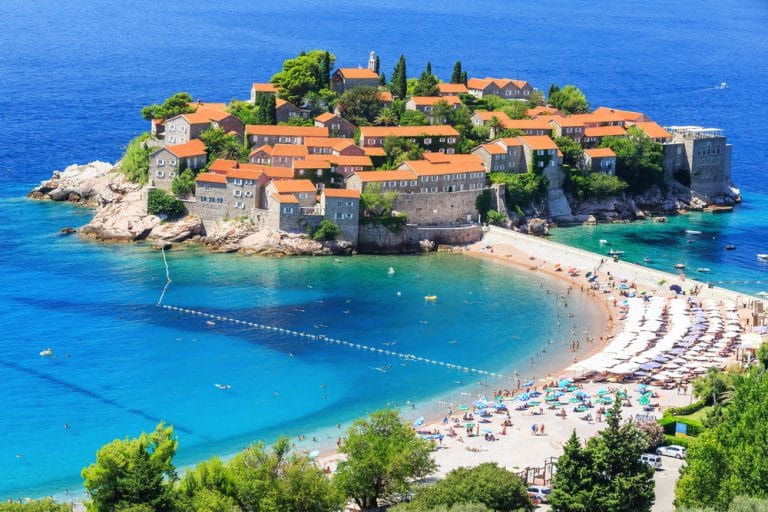
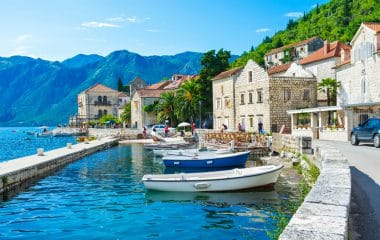
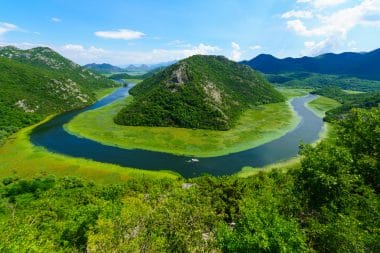
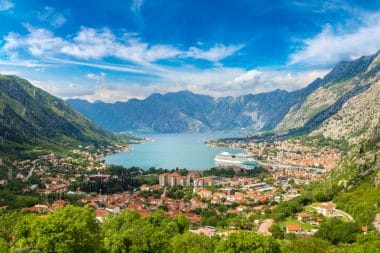
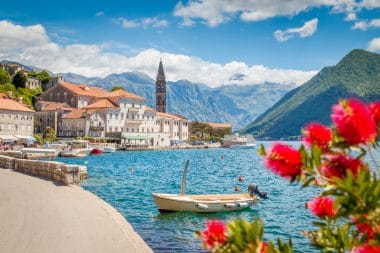
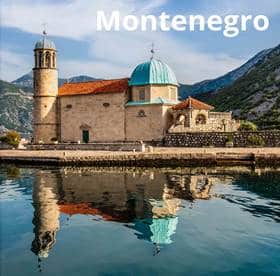 e-illustrated book with short texts on a journey to the sights of MONTENEGRO such as Kotor, Perast, Budva, Petrovac, Tivat, Cetinje, Podgoricia, Stari Bar, Kolasin, monasteries such as Ostrog or Moraca, Lake Skadar, Biogradska Gora National Park and the mountains in the interior, the Lustica peninsula, beaches and idyllic bays on the Adriatic Sea.
e-illustrated book with short texts on a journey to the sights of MONTENEGRO such as Kotor, Perast, Budva, Petrovac, Tivat, Cetinje, Podgoricia, Stari Bar, Kolasin, monasteries such as Ostrog or Moraca, Lake Skadar, Biogradska Gora National Park and the mountains in the interior, the Lustica peninsula, beaches and idyllic bays on the Adriatic Sea.